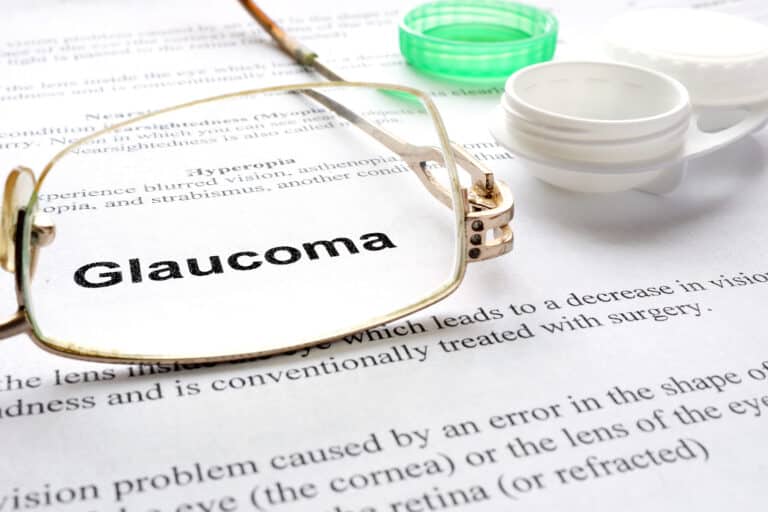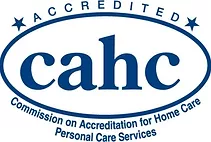Glaucoma is a progressive eye disease that affects the optic nerve and causes irreversible loss of total or partial vision. It is generally associated with high intraocular pressure, which gradually affects the eye without obvious symptoms at first. This disease is silent and acts as such for many years, which is why it is known as the silent thief of sight.
What’s the cause?
There are different types of glaucoma, and all have different causes, and some are still unknown. The most common is intraocular pressure for easier understanding, the eye has a small space in the front where clear liquid flows in and out. When this clear fluid flow is delayed or gradually slows down, it creates pressure on the optic nerve which over time harms the optic nerve causing this disease.
Other risk factors can be:
• High eye pressure (not the same as high blood pressure)
• Large optic nerve or thinning of the optic nerve
• Narrowed drainage angle of the eye
• Thinner cornea than the average cornea
• Family history
• Race (open angle glaucoma: people of African and Hispanic origin; angle closure glaucoma: people of Asian origin)
Is there a cure?
Unfortunately, it is a disease that cannot be prevented or cured; however, it is important to know that the progression of glaucoma can be stopped by means of medications like prescribed eye drops to reduce intraocular pressure, laser procedures or surgery depending on the severity of the disease, which is why early detection is important.
What is the key to treating glaucoma?
As previously mentioned, the key is early detection and control. It is necessary to go regularly for check-ups and eye exams, especially if there is a family history of glaucoma, also if you suffer from intraocular pressure, myopia, diabetes or advanced age.
Additionally, adopting healthy habits, maintaining a balanced diet, exercising regularly, maintaining a good weight, and avoiding smoking reduces the risk of diseases contributing to the general health of the eyes.
Glaucoma usually has no symptoms but when it reaches a severe point, certain symptoms like blurred vision, severe eye and head pain, sudden loss of vision, colored halos around bright lights might appear and it is necessary to check the pressure inside the eye. Annual check-ups especially in people over 40 years and older is recommended.
How to keep track of your vision when diagnosed
The National Eye Institute has created a list of questions that can help you keep track of your glaucoma for your next doctor’s visit. Some of these are:
• Have you noticed any changes in your vision?
• Do you have trouble seeing things in your side vision (peripheral vision)?
• Do you ever feel like you’re looking through a tunnel?
• Have you had any side effects from your glaucoma treatment if any?
For more information you can use this guide.
Resources
https://www.nei.nih.gov/learn-about-eye-health/eye-conditions-and-diseases/glaucoma
https://www.nei.nih.gov/learn-about-eye-health/outreach-resources/glaucoma-resources/glaucoma-awareness-month
https://www.aao.org/eye-health/tips-prevention/easy-steps-to-prevent-vision-loss-from-glaucoma
- Home Care Assistance Can Help Seniors Manage Self-Care Tasks - April 24, 2025
- The Superfood You Shouldn’t Miss - April 9, 2025
- First Home Care Visit? Here’s The Inside Scoop - April 9, 2025


